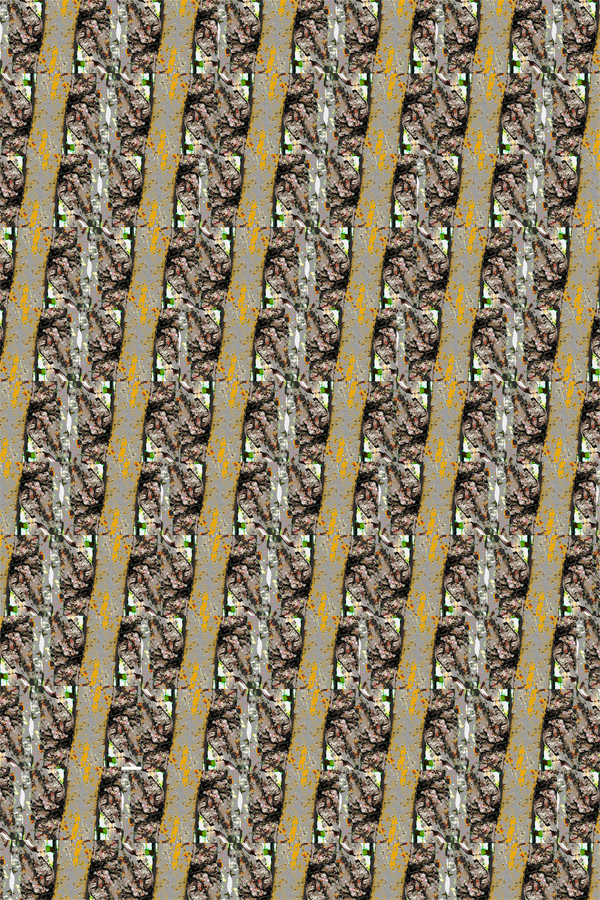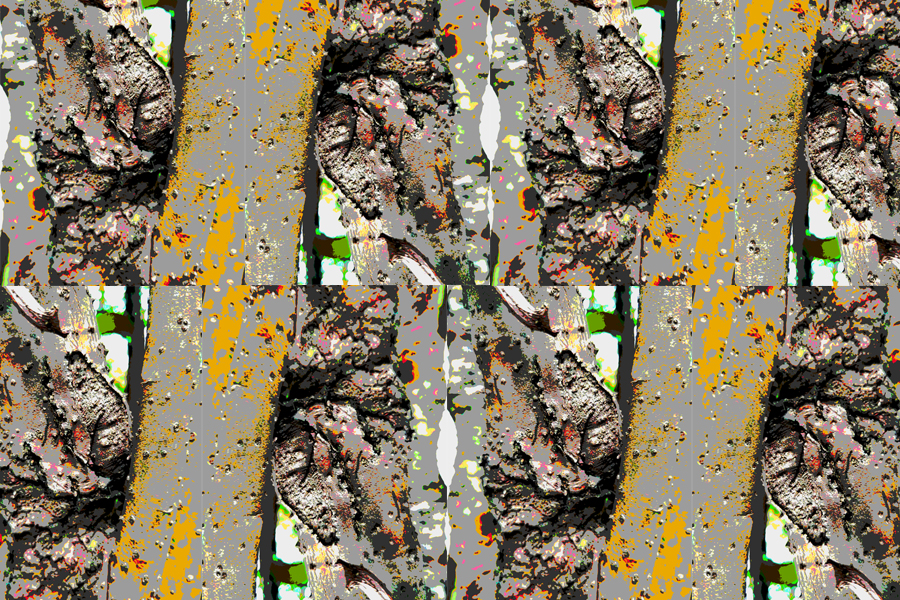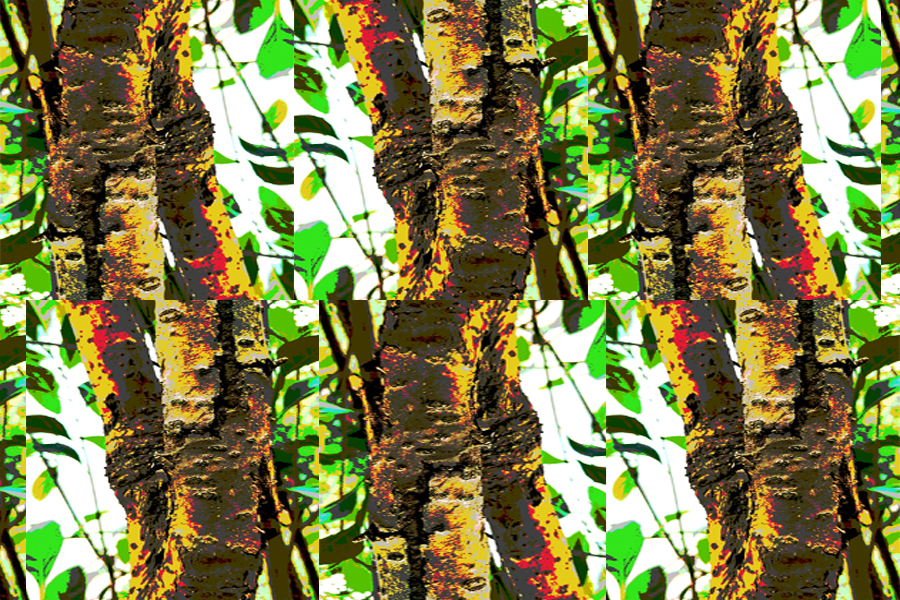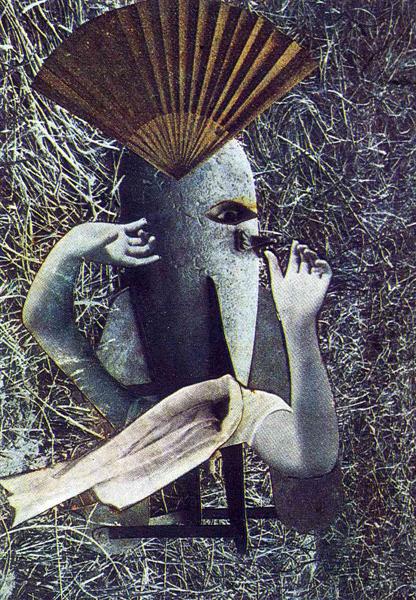I spent some time staring at the Brief, wondering which part of nature should I be focusing on in order to bring out society and I, an element of chance, and Singaporean feels. Instead of doing something commonplace, I decided to go DADA and explore something that is a little more realistic- yet neglected.
For this assignment, we were supposed to use photographs of pictures found in nature. Usually, one would associate nature with life and greenery, flooded with happiness and fluffiness. However, (I swear this has nothing to do with the 7th Month) I decided to approach it from the aspect of death. This is because the truth about Singapore is not entirely happy and idealistic despite how we have been brought up to believe.

 These are two of the photographs I have selected out of the bunch I have taken. “IT’S ROTTEN!!’ is what Gordon Ramsay would have screamed. They are dead tree barks, rotten by the humidity in Singapore and devoured by the insects that live on it. The whole concept of the dead tree bark is just like Singapore; we thrive on the nature around us, living on it for sustenance and utilizing its body to create tons of man-made products used to fuel out lifestyles.
These are two of the photographs I have selected out of the bunch I have taken. “IT’S ROTTEN!!’ is what Gordon Ramsay would have screamed. They are dead tree barks, rotten by the humidity in Singapore and devoured by the insects that live on it. The whole concept of the dead tree bark is just like Singapore; we thrive on the nature around us, living on it for sustenance and utilizing its body to create tons of man-made products used to fuel out lifestyles.
Over the history of decades, we have utilized so much natural resources that we are importing these materials from overseas to continue sustaining our living needs. I am not insinuating that we are the only country who does this, of course, but Singapore, commonly known as a Concrete Jungle relying on imports and trade for survival, it is safe to say that we are very alike the definition I have just proposed compared to neighbouring countries like Malaysia and Vietnam. However, the death of these plant lives is not all sacrificed- it has helped Singapore to thrive and become one of the most beautiful cities in the world in terms of both aesthetics and the way our country is run.
“In the larger picture, you see an organized beauty in the pattern, abundant with life and colour. Funky, hip and modern. When you take a closer look, you will soon realize that it is the living nature around us that is sacrificed that helped us to achieve that beauty Singapore is today.”







